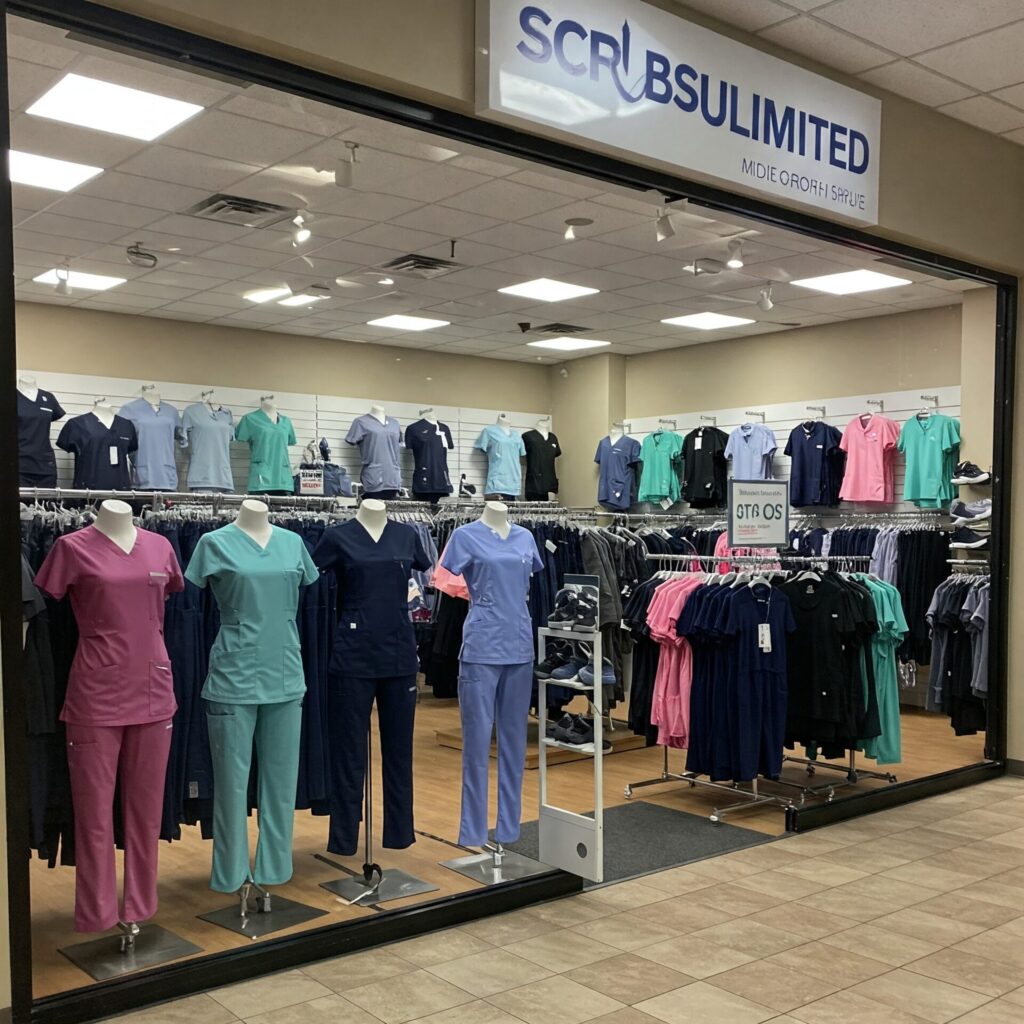The medical apparel industry is a bustling marketplace, filled with brands vying for the attention (and wallets) of healthcare professionals. For years, the traditional model was straightforward: manufacturers produced scrubs, and retailers – both brick-and-mortar and online – sold them to the end consumer. But the landscape is shifting, and a fascinating, sometimes unsettling, dynamic is emerging: are scrub manufacturers increasingly competing with their own customer base?
Let’s face it, the allure of direct-to-consumer (DTC) sales is strong. By cutting out the middleman, manufacturers can potentially increase profit margins, gain direct control over their brand narrative, and gather invaluable first-party data on their customers. This has led to a surge in manufacturers establishing their own e-commerce platforms and even opening flagship retail stores.
On the surface, this might seem like a natural evolution. However, for the retailers who have long been loyal partners, stocking and selling these very brands, this shift can feel like a direct challenge. Here’s a closer look at why this trend is raising eyebrows and sparking debate:
The Double-Edged Sword of Direct Sales for Manufacturers:
- The Upside:
- Higher Profit Margins: Selling directly eliminates wholesale costs and markups taken by retailers.
- Brand Control: Manufacturers have complete authority over how their products are presented and marketed.
- Direct Customer Relationships: They can gather valuable feedback, build loyalty, and personalize marketing efforts.
- Data Insights: Direct sales provide rich data on customer preferences, buying habits, and trends.
- The Potential Downside:
- Logistical Complexities: Managing individual orders, shipping, and customer service can be resource-intensive.
- Channel Conflict: Alienating existing retail partners can lead to decreased wholesale orders and strained relationships.
- Marketing Costs: Attracting individual customers requires significant investment in digital marketing and advertising.
- Inventory Management: Forecasting demand and managing inventory for both wholesale and direct channels can be challenging.
The Retailer’s Perspective: Feeling the Squeeze:
For retailers, the increasing focus of manufacturers on DTC can present significant challenges:
- Loss of Exclusivity: When the same products are readily available directly from the manufacturer, the retailer’s unique selling proposition diminishes.
- Price Undercutting: Manufacturers might offer lower prices directly to consumers, making it difficult for retailers to compete and maintain healthy margins.
- Reduced Wholesale Orders: As manufacturers prioritize their direct channels, they might reduce the volume of goods supplied to retailers.
- Increased Competition: Retailers now have to compete not only with other retailers but also with the very brands they carry.
The Impact on Healthcare Professionals (the End Consumer):
While the manufacturer-retailer dynamic plays out, what does this mean for the healthcare professionals who ultimately wear these scrubs?
- Potentially Wider Availability: Direct sales can make certain styles or sizes more readily accessible.
- More Brand-Specific Experiences: Manufacturers can curate a specific brand experience through their direct channels.
- Possible Price Fluctuations: The shift in sales models could lead to price changes, either up or down, depending on various factors.
- Increased Marketing: Consumers might see more targeted advertising from manufacturers.
Navigating the New Landscape:
The lines between manufacturer and retailer are blurring. To thrive in this evolving environment, both parties need to adapt:
- Manufacturers: Should carefully consider their channel strategy, ensuring they don’t completely alienate their retail partners. Collaboration and clear communication are key. Perhaps offering exclusive products or collections to retailers could be a way to maintain mutually beneficial relationships.
- Retailers: Need to focus on providing value beyond just selling products. This could include exceptional customer service, specialized fitting services, building a strong community, or offering unique product selections not readily available directly from manufacturers.
The competition in the scrub manufacturing industry is undoubtedly intensifying. While direct-to-consumer models offer compelling advantages for manufacturers, they also present significant challenges for their long-standing retail partners. Ultimately, the success of this evolving landscape will depend on the ability of both manufacturers and retailers to find a balance that serves their own interests while continuing to provide quality products and a positive experience for the healthcare professionals who rely on them every day. The question remains: will this be a mutually beneficial evolution or a zero-sum game? Only time will tell.

